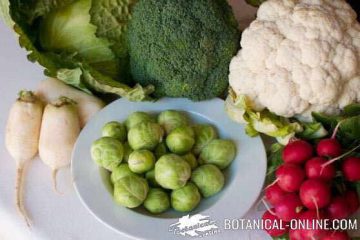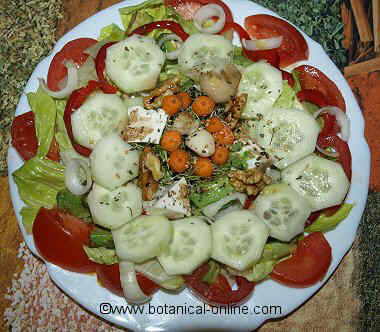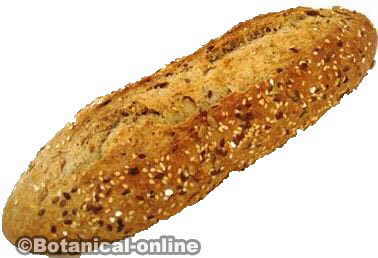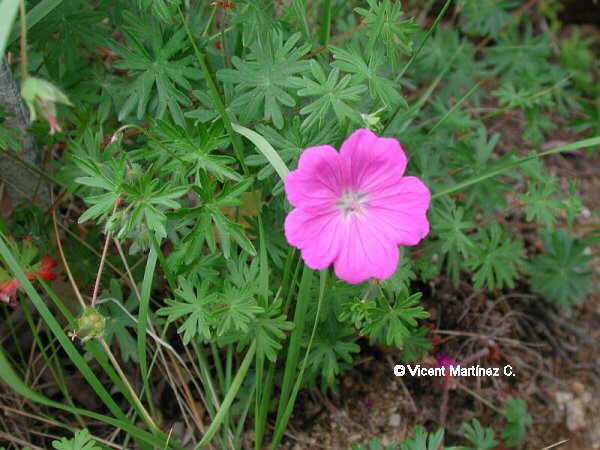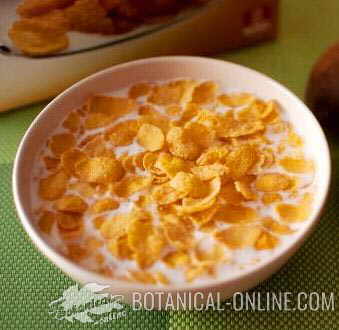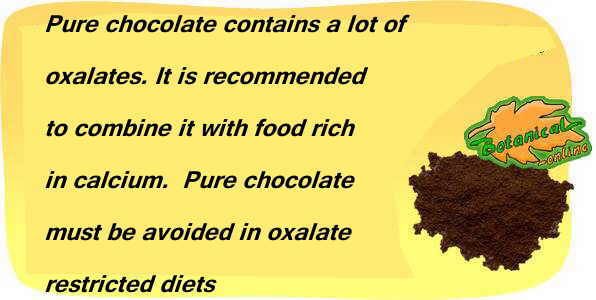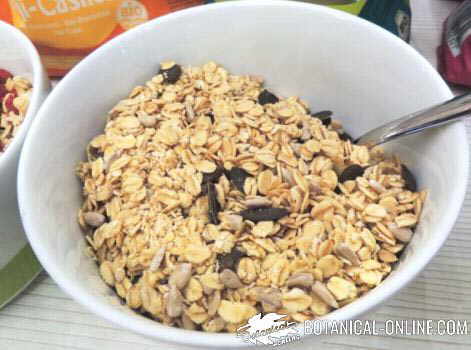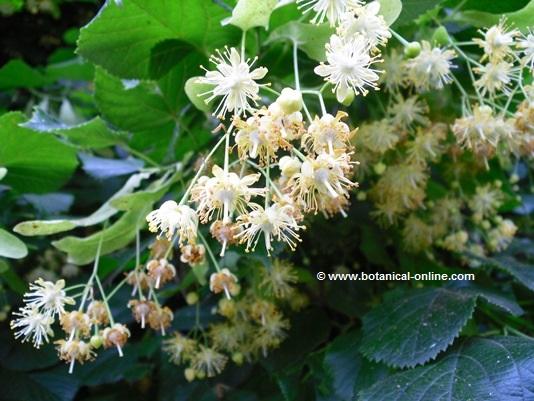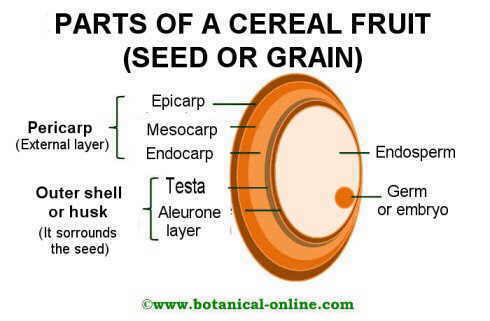Contents
Cabbage family plant characteristics
Family of cruciferous or Brassicaceae plants
Brassicaceae plants, also called Cruciferae, belong to the order of the Brassicales plants and are widely known to be part of the diet, especially as winter vegetables. They are also known as cruciferous vegetables.
Numerous plants with a slightly spicy flavor belong to this family, such as black mustard (Brassica nigra), arugula or rocket (Eruca vesicaria), cabbage (Brassica oleracea), or watercress (Nasturtium officinale).
Botanical characteristics of Brassicaceae
Cruciferous or winter vegetables are plants of the Brassicaceae family (formerly called the cruciferous family), which are botanically characterized by having four petals in the shape of a cross, from which the family name is taken.
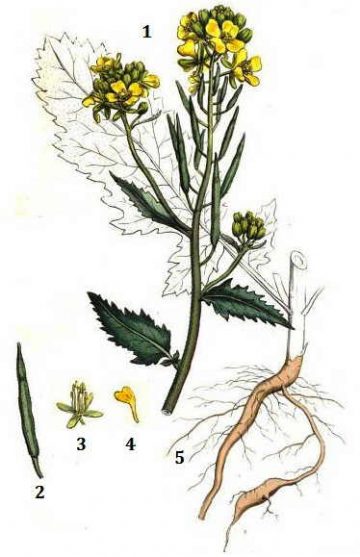
– Herbaceous plants of low height. They can be annual, biennial or perennial.
– Sessile leaves or with short petiole, commonly lobed.
– In general, the flowers of cruciferous plants present: Calyx composed of four crossed free sepals. Corolla regular or actinomorphic, white or pale yellow in color and approximately 1.2 to 1.5 centimeters across. Four petals of size between 9 and 15 millimeters long. Six Stamens, of which 4 are long and 2 short. *See: Parts of the flower.
– The fruit of these plants is a dry fruit with a silique or dry pod structure that opens when ripe.
Composition of Brassicaceae
- Glucosinolates: Most brassicacae plants contain a type of substance of a pungent and rubefacient nature called sulfur glycosides or glucosinolates.
- These plants are rich in vitamin C: This content is very important nutritionally, since they are plants that are consumed in winter, when other natural sources of vitamin C (mainly fruits) are not very affordable.
- Carotenes: the intense green color of cruciferous vegetables announces the content of vitamin A (in the form of carotenes) that it contains. These carotenoids are powerful natural antioxidants for the eyes.
- Only some plants of this family contain alkaloids, although it is rare.
Examples cruciferous vegetables or Brassicaceae
- Common stock (Matthiola incana)
- Wallflower (Cheiranthus cheiri)
- Garlic mustard (Alliaria officinalis): plant with a peculiar aroma of garlic. Medicinal plant stimulating, diuretic and anti-scorbutic.
- Watercress (Nasturtium officinale)
- Mayflower (Cardamine pratensis): excellent source of vitamin C, can be added to salads.
- Broccoli (Brassica oleracea var. italica)
- Scurvygrass (Cochlearia officinalis)
- Pinnate coralroot (Dentaria pinnata)

Photo of cruciferous vegetables: cabbage, radishes, turnips, Brussels sprouts, cauliflower and broccoli Whitetop (Lepidium draba)
- Field pennycress (Thlaspi arvense)
- Cabbage (Brassica oleracea)
- Napa cabbage (Brassica pekinensis)
- Brussels sprout (Brassica oleracea var. gemmifera)
- Cauliflower (Brassica oleracea var. botrytis)
- Argentine canola (Brassica napus)
- Biscutella auriculata
- Pepperweed (Lepidium latifolium)
- Lepidium sativum
- Swine cress (Coronopus squamatus)
- Lesser swine-cress (Coronopus didymus)
- Sweet alyssum (Alyssum maritimum): beneficial properties for the urinary system are attributed to this plant. Very diuretic.
- Maca (Lepidium meyenii)
- London rocket (Sisymbrium irio)
- White mustard (Sinapis alba)
- Field mustard (Sinapis arvensis)
- Brown mustard (Brassica juncea)
- Black mustard (Brassica nigra)
- Field pepperwort (Lepidium campestre)
- Napa cabbage (Brassica rapa)
- Sea rocket (Cakile maritima)
- Arugula or rocket (Eruca vesicaria)
- Erucastrum nasturtiifolium
- Shepherd’s purse (Capsella bursa pastoris)
- Spiny madwort (Alyssum spinosum)
- Wild radish (Raphanus raphanistrum)
- Radish (Raphanus sativus)
- Horseradish (Armoracia lapathifolia): antiscorbutic, aperitif and digestive.
- Annual wall-rocket (Diplotaxis muralis)
- Tansy mustard (Sisymbrium sophia)
| Botanical classification | |
| Kingdom | Plantae |
| Subkingdom | Tracheobionta Tracheophytes |
| Superdivision | Spermatophyta Seed plants |
| Division | Magnoliophyta Flowering plants |
| Class | Magnoliopsida Dicots |
| Order | Brassicales |
| Family | Brassicaceae |
![]() More information on Brassicaceae
More information on Brassicaceae

